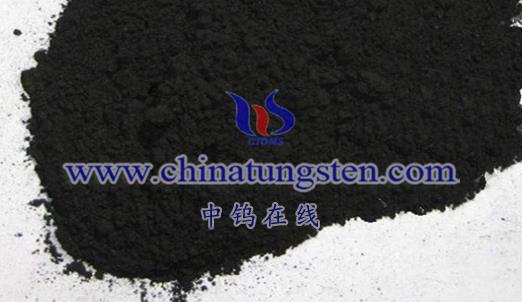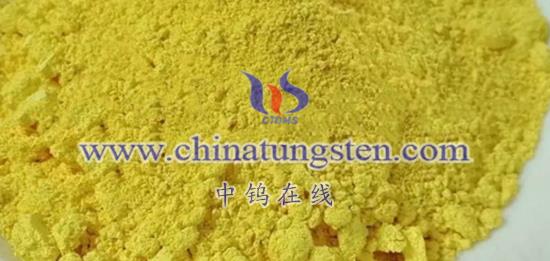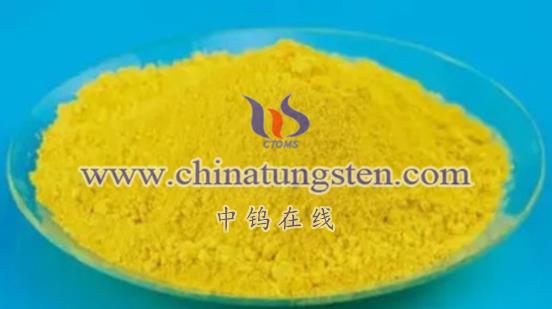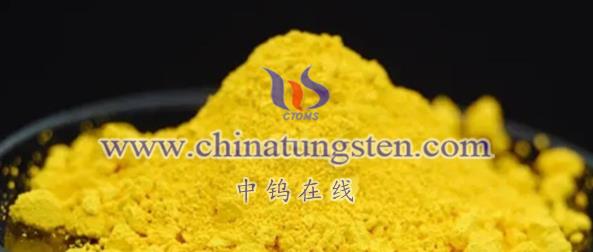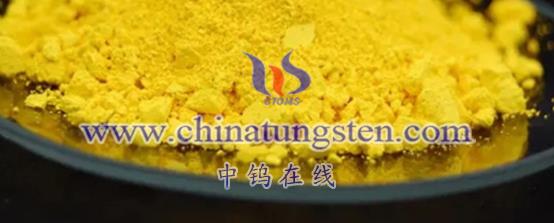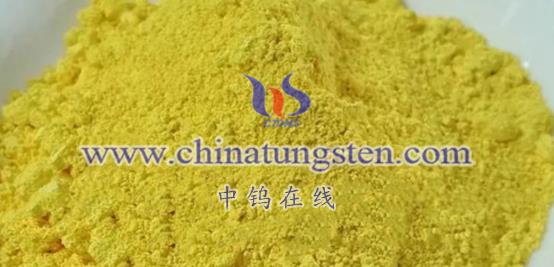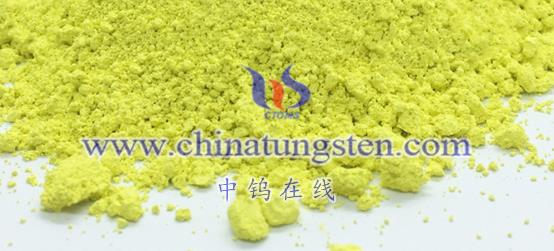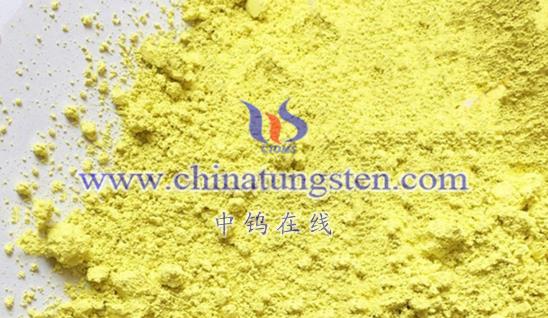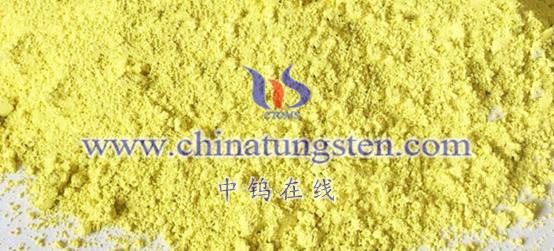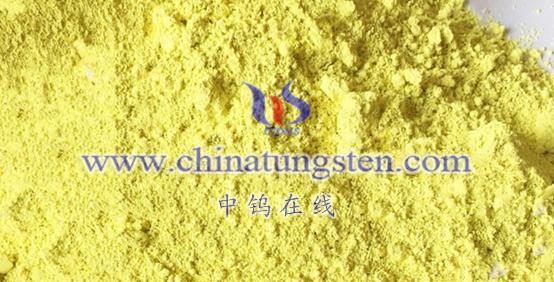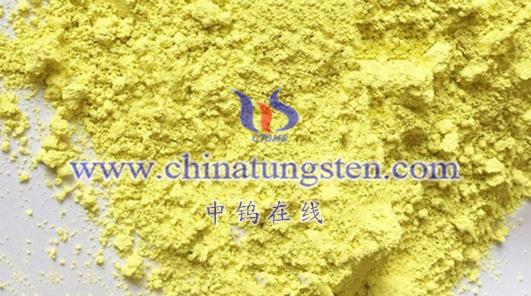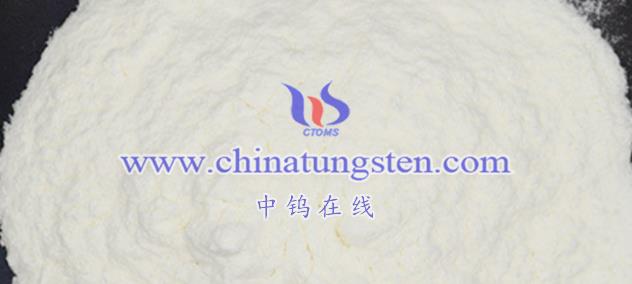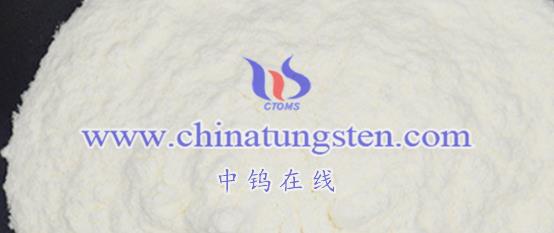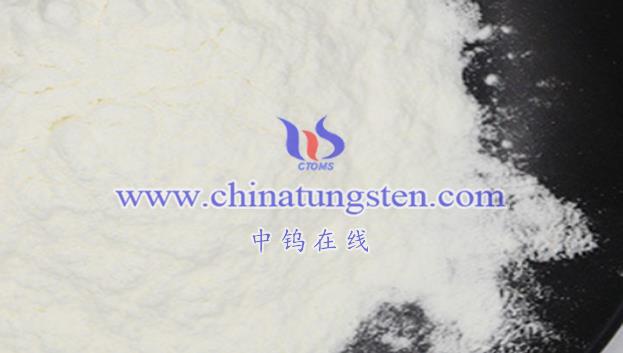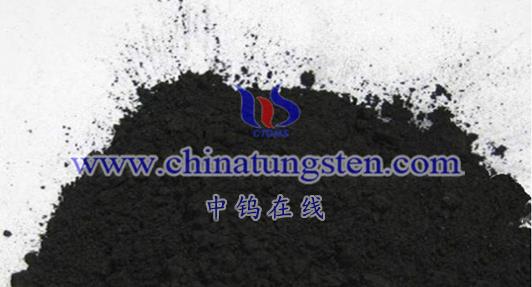
The photocatalytic principle of nano tungsten trioxide (WO₃) has a wide range of practical applications, primarily due to its ability to generate electron-hole pairs under light irradiation, which trigger redox reactions. Below are some key areas where it is applied:
- Air Purification
Application Background
With rapid industrialization and urbanization, air pollution has become a major concern, especially with indoor pollutants like organic compounds, nitrogen oxides, sulfur compounds, and odors that pose health risks.
Application Principle
Nano tungsten trioxide photocatalysts can utilize water vapor and oxygen in the air to remove pollutants through photocatalytic reactions. When visible or ultraviolet light irradiates the surface of nano tungsten trioxide, electron-hole pairs are generated, leading to redox reactions that break down pollutants into harmless substances.
Application Example
It is used in indoor air purifiers and automobile exhaust treatment systems, effectively reducing the concentration of air pollutants.
- Water Treatment
Application Background
With industrial development, large quantities of wastewater containing organic pollutants are discharged into the environment, polluting water bodies and impacting ecosystems and human health.
Application Principle
Nano tungsten trioxide photocatalysts absorb light and generate electron-hole pairs, which then oxidize and degrade organic pollutants in wastewater. Under visible light, strong oxidizing radicals (such as hydroxyl radicals) are generated on the surface of nano tungsten trioxide, which attack the molecular structure of organic pollutants, breaking them down into harmless substances like carbon dioxide and water.
Application Example
Used in the treatment of wastewater from industries such as textiles and pharmaceuticals, significantly improving the efficiency of wastewater purification.
- Antibacterial Disinfection
Application Background
In fields like healthcare, food, and hygiene, contamination by microorganisms such as bacteria and viruses is a serious issue.
Application Principle
Under light irradiation, nano tungsten trioxide photocatalysts produce photo-generated electrons and holes, which react with water or oxygen in the air to form reactive oxygen species (such as hydrogen peroxide and hydroxyl radicals). These reactive species can destroy the cell structures of bacteria and viruses, achieving antibacterial and disinfection effects.
Application Example
It is used to create antibacterial coatings and ceramics, enhancing the antibacterial properties of surfaces.
- Energy Conversion
Application Background
With the growing energy crisis, finding renewable energy sources and improving energy conversion efficiency are important challenges.
Application Principle
Nano tungsten trioxide exhibits excellent performance in photocatalytic water splitting, decomposing water into hydrogen and oxygen. In this process, nano tungsten trioxide, as a photocatalyst, absorbs light and generates electron-hole pairs, driving the water oxidation-reduction reaction.
Application Example
It is used to develop systems for photocatalytic hydrogen production from water, providing a new approach for renewable energy development.
- Other Applications
In addition, the photocatalytic principle of nano tungsten trioxide is also applied in fields like self-cleaning and gas sensors. For example, using its photocatalytic properties to create self-cleaning coatings can decompose pollutants on the surface under light. Nano tungsten trioxide also exhibits sensitivity to various gases, making it useful for gas sensors that detect harmful gases in the environment.
In summary, the photocatalytic principle of nano tungsten trioxide holds great potential in practical applications, providing strong support for environmental protection, energy conversion, and more.
More details of tungsten oxide product, please visit website: tungsten-oxide.com
Please contact CHINATUNGSTEN for inquiry and order of tungsten oxide:
Email: sales@chinatungsten.com
Tel.: 86 592 5129595
